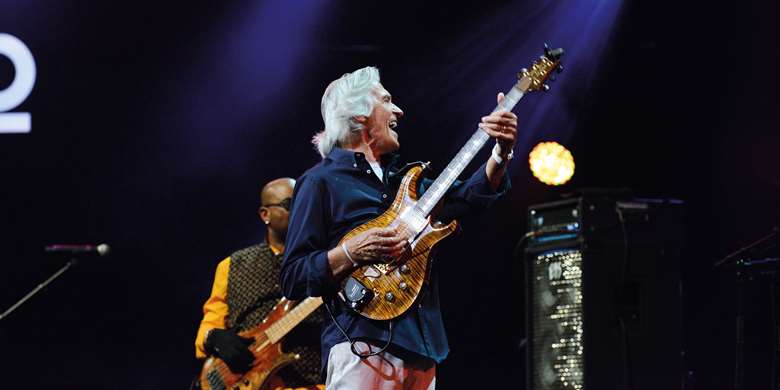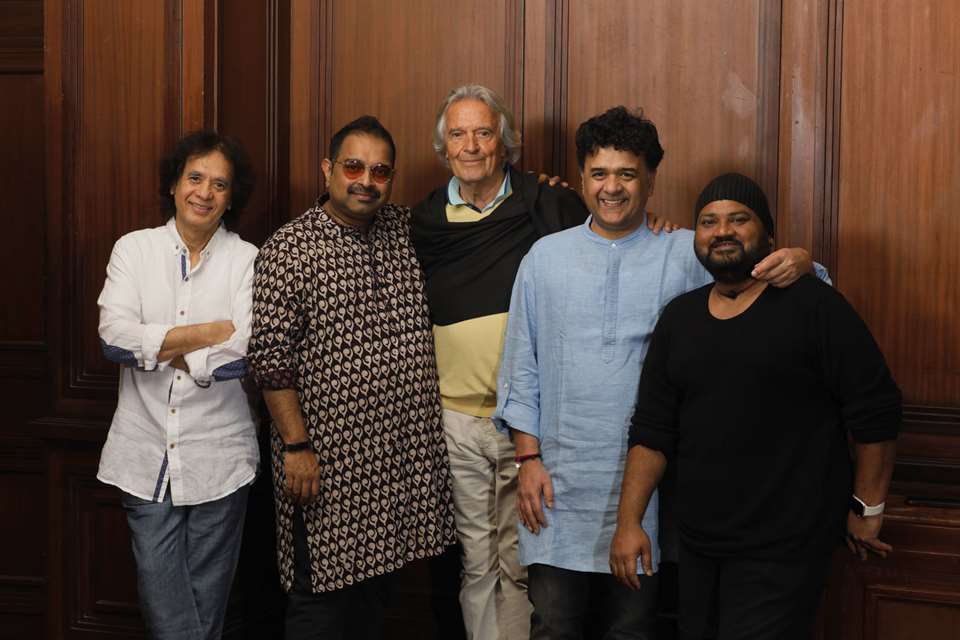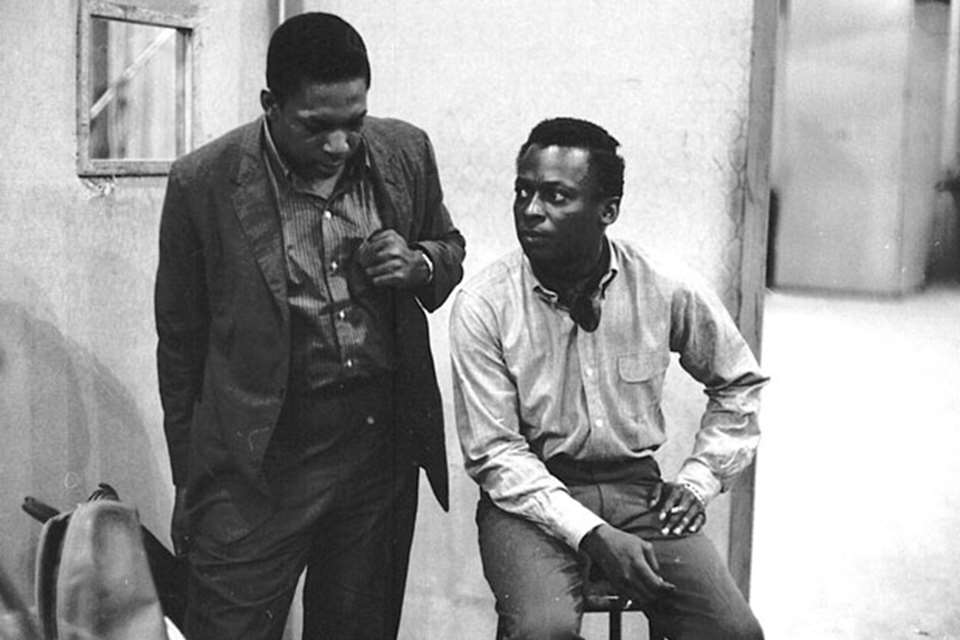John McLaughlin interview: from Miles to the Montreux Years
Stuart Nicholson
Wednesday, June 29, 2022
Despite turning 80 in January, John McLaughlin shows no sign of slowing down. He opens up to Stuart Nicholson about his many fiery performances at the legendary Montreux festival


Register now to continue reading

Thank you for visiting Jazzwise.co.uk. Sign up for a free account today to enjoy the following benefits:
- Free access to 3 subscriber-only articles per month
- Unlimited access to our news, live reviews and artist pages
- Free email newsletter

